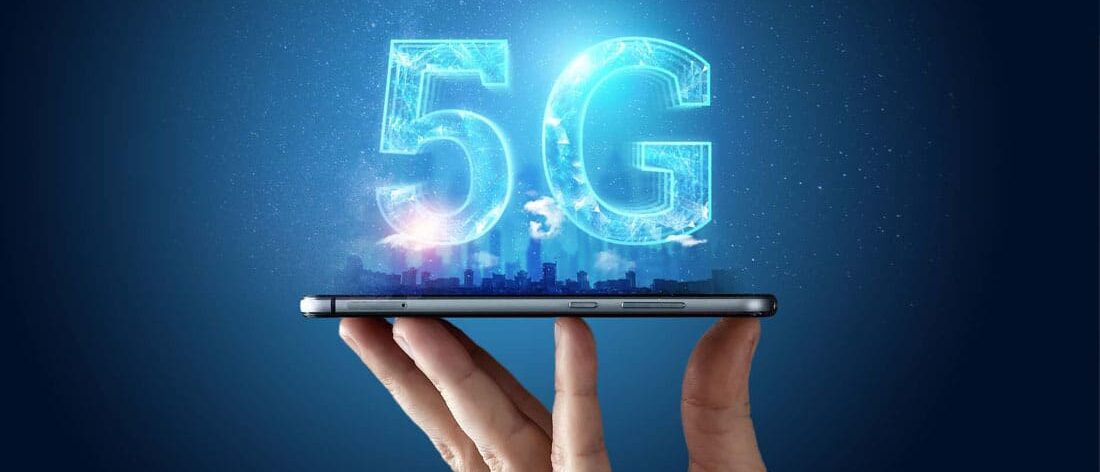Everyone from cellular carriers to Smartphone companies wants you to know how great 5G will be. In the last few decades, wireless speeds have grown exponentially. The continuous progress of Wi-Fi speeds change the way we live, play, and work. As 2G was all about voice and texts, 3G added data connection for mobiles, 4G added online streaming. However, 5G is different. It will take you to the age of advanced machine intelligence and provides complete network connectivity.
What’s so great about 5G?
5G stands for fifth generation which is the industry standard. 5G is designed to be much faster than current Wi-Fi technology. The data speeds of 5G data will be 10 to 100 times faster than 4G. You will be able to stream high quality vides everywhere with 5G. You will immerse yourself in virtual reality straight from your Smartphone without getting dizzy. Self driving vehicles are one of the incredible technologies that will have a much wider and faster-moving pipeline through which to upload and download data. Autonomous vehicles will become reality, mobile phones will become supercomputer, homes will get smarter, the IOT will go into hyper drive, and you will be able to get more intelligent care from hospitals.
How fast 5G will be?
The theoretical maximum speed of 5G is 10 Gbps that means it is 100 times faster than the current 4G LTE technology. At this speed, you can download a full movie in just 3.6 seconds on 5G technology where as 6 minutes on 4G, and 24 hours on 3G. The most important thing about 5G is that it will provide fast network, much lower latency, built-in security, and reliability, as well as enabling real-time applications.
How does 5G work?
The latest standard will use a whole new band of radio spectrum from 4G. 5G takes advantage of “millimeter waves”, technology broadcast at frequencies between 30 and 300 GHz. In past, the bands below 6 GHz were used only for communication between satellites and radar systems. These “millimeter waves” cannot travel through solid objects like buildings, so 5G also takes advantage of “small cells” are smaller miniature based stations. Small cells can be placed about every 250 meters throughout dense urban areas to provide better coverage in dense locations. 5G base stations will also use MIMO, beam forming and run at full duplex so that they can transmit and receive at the same time, on the same frequency.
When will 5G be available?
You will be hearing a lot about 5G in the next few years, but the 5G hype is already starting up. Users are exciting and still waiting to witness how a connection would look where they would be able to download and run a 100GB 4K movie in a matter of mere minutes. The 100% 5G dependent data model is expected to work in the year 2020.
Thank you for reading this article. Stay tuned with us for more updates about the same.






